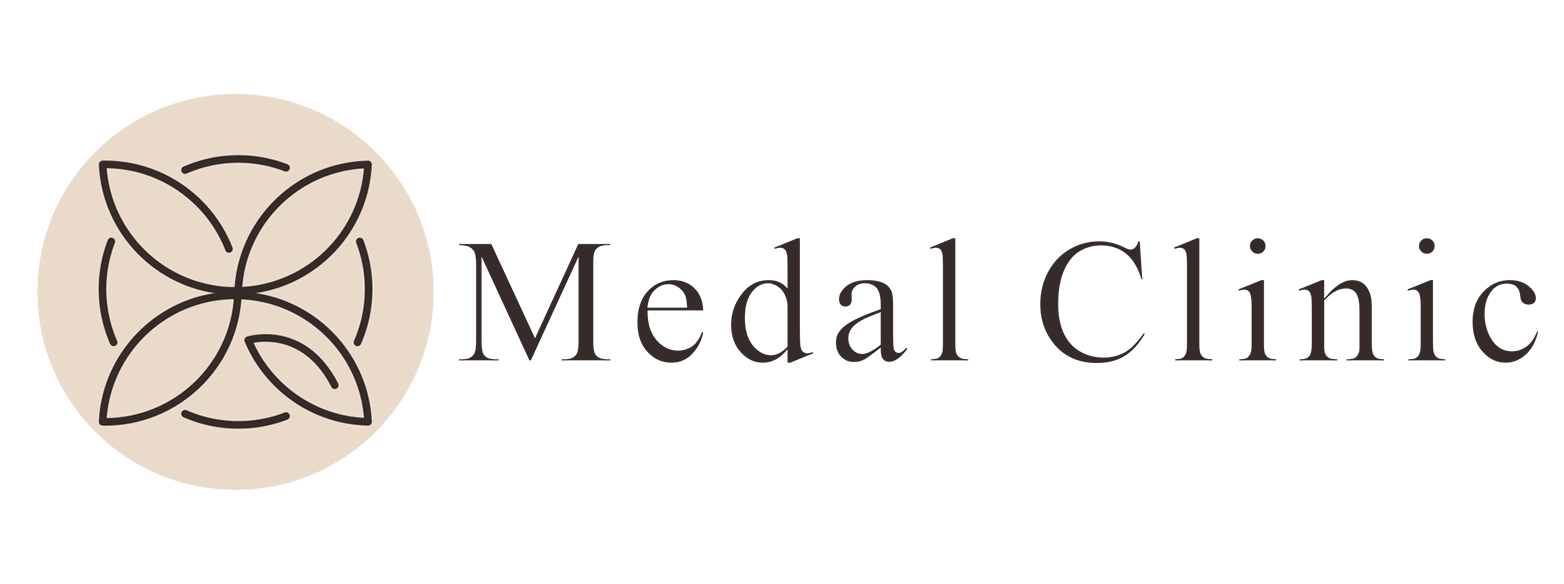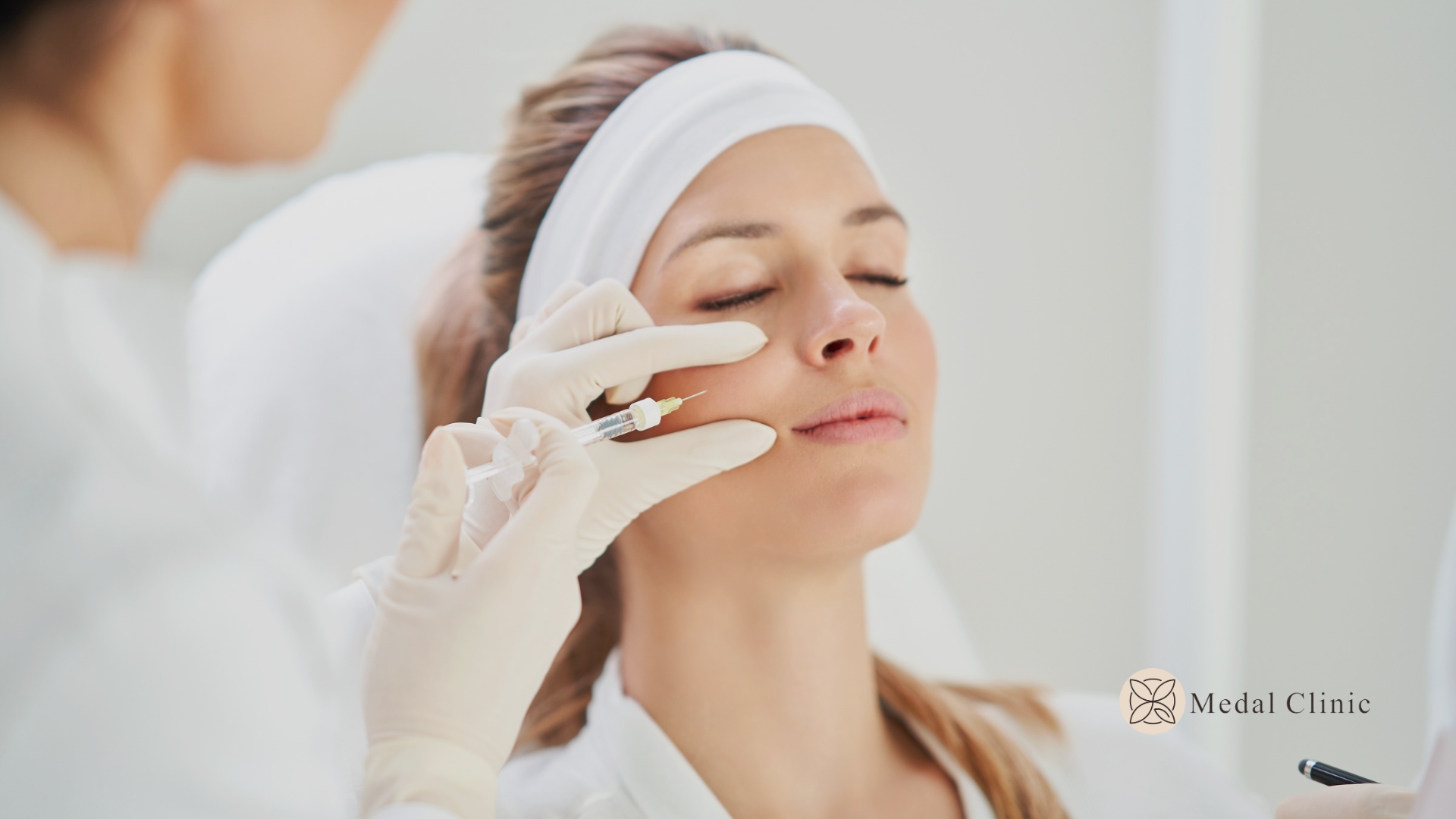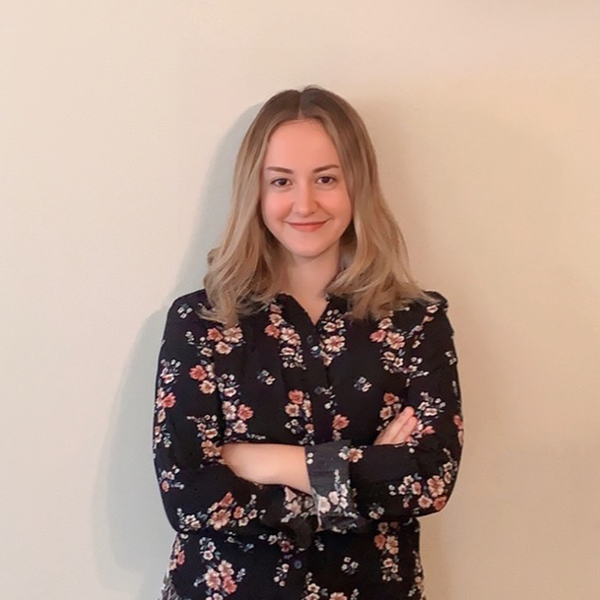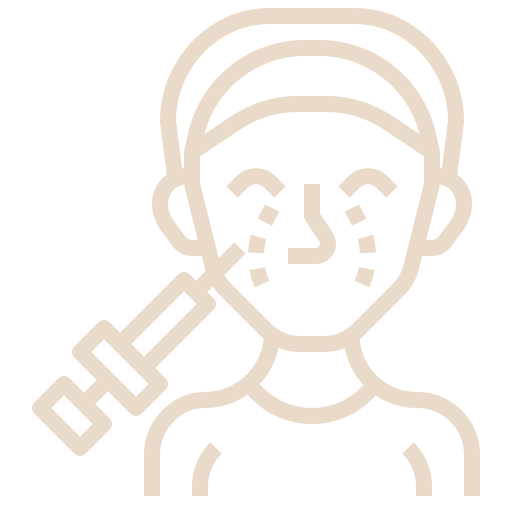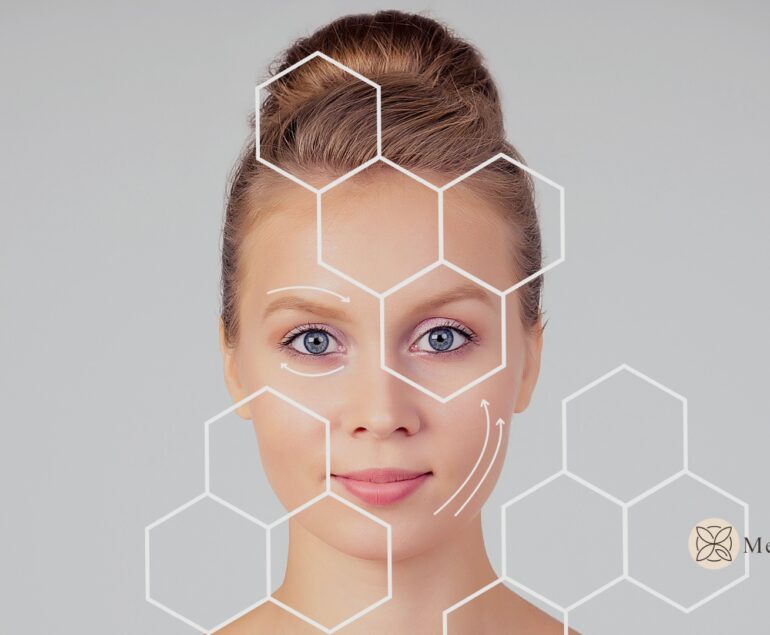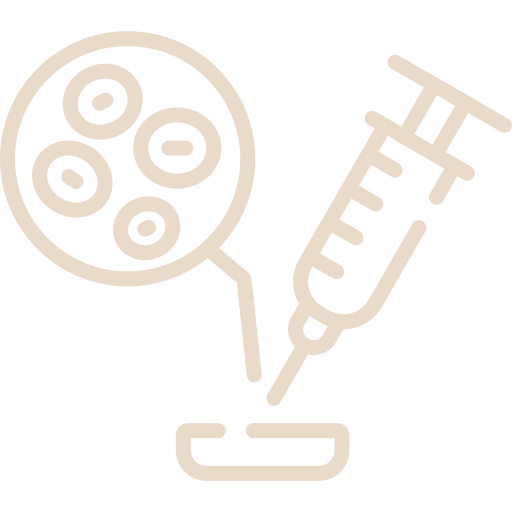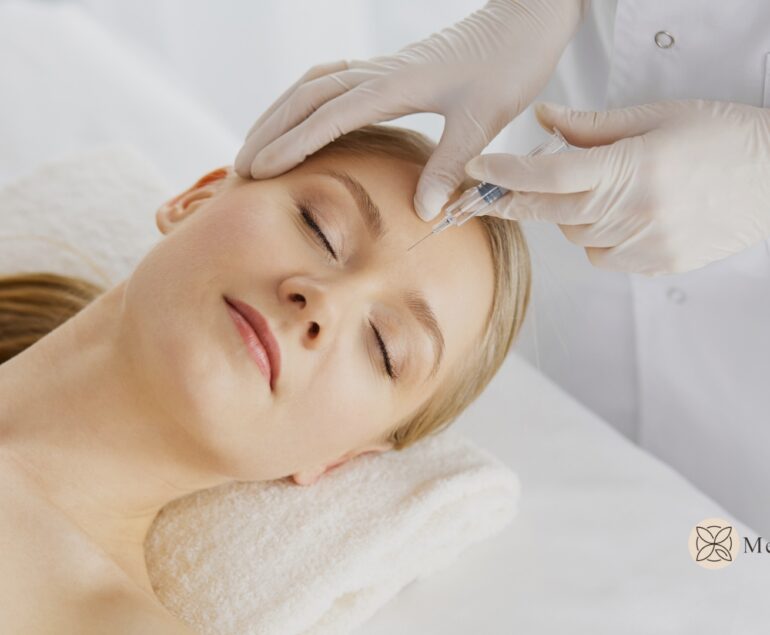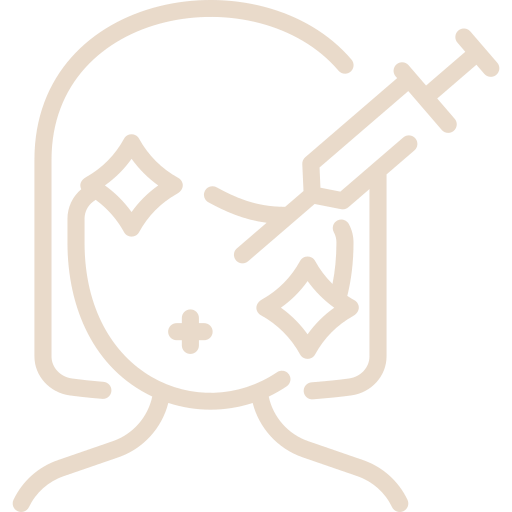Cheek Filler
As we age, we experience a loss of elasticity and wrinkles in our skin, which can cause our facial features to appear more saggy and tired. Cheek filler is a popular aesthetic procedure used to enhance facial features, tighten the skin, and achieve a more youthful appearance.
Cheek filler has become a preferred aesthetic procedure for many people in recent years. In this article, you will learn more detailed information about cheek filler. What is cheek filler? How is it done? How much does cheek filler cost? You will learn everything you need to know about cheek filler.
What is Cheek Filler?
Cheek filler is an aesthetic procedure typically performed by injecting filler materials containing hyaluronic acid or calcium hydroxylapatite into the cheeks. This procedure is ideal for individuals experiencing volume loss in the cheek area. Cheek filler is also suitable for individuals seeking to enhance facial features and achieve a fuller face appearance.
Cheek filler enhances facial features by compensating for the loss of volume in the face. This procedure fills in the hollows in the cheeks and creates a fuller appearance in the face. Cheek filler is also used to tighten sagging skin and accentuate facial features for a more youthful appearance.
How to Do Cheek Filling?
Cheek filling is a relatively easy procedure and usually takes between 30 minutes to 1 hour. Before the procedure, a numbing cream is applied to the cheek area. Then, the filling material is injected into the cheek area with a thin needle or cannula.
The filling material fills in the hollows in the cheeks to make them appear fuller. Cheek filling can also be used to define the jawline and improve facial symmetry. The procedure is generally painless, but there may be a slight ache or sensitivity after the numbing cream is applied.
Cheek filling is typically done using filling materials that contain hyaluronic acid or calcium hydroxyapatite. Hyaluronic acid is a substance that maintains moisture balance in the skin and makes it look fuller and healthier. Calcium hydroxyapatite increases collagen production in the skin, providing longer-lasting results.
After the cheek filling procedure, mild swelling, redness, and sensitivity are normal. These symptoms usually subside within a few hours. If there is any discomfort or pain after the procedure, it can be alleviated with the application of ice.
Who Can Have Cheek Filling?
Cheek filling is usually performed on individuals who have experienced volume loss in the cheek area or those who want their cheeks to appear fuller. Cheek filling can also be used to define facial features, improve jawline definition, and increase facial symmetry.
Factors such as a person’s general health status and medication use are important considerations before performing cheek filling. Cheek filling is not recommended for pregnant or nursing women, people with bleeding disorders, and those taking certain medications. People with allergies to filling materials should also avoid cheek filling.
Cheek filling is typically performed on individuals over 18 years of age. However, the decision to perform the procedure depends on the person’s health status, age, and overall aesthetic expectations.
How Long Does Cheek Filling Last?
The cheek filling procedure is usually completed within 15-30 minutes. Prior to the procedure, a numbing cream is applied to ensure a painless experience. After the procedure, mild swelling, redness, and sensitivity may be felt, but these symptoms usually subside within a few hours.
The results of cheek filling can usually be seen immediately after the procedure. However, the full results will appear within a few days after the procedure. Cheek filling results typically last between 6-12 months, but this can vary depending on the type of filling material used and the individual’s skin structure.
Before and After Cheek Filling
Prior to cheek filling, factors such as the individual’s overall health status and medication use are evaluated. In addition, appropriate filling material and amount are determined based on the individual’s aesthetic expectations.
After the cheek filling procedure, mild swelling, redness, and sensitivity are normal. These symptoms typically subside within a few hours. If any discomfort or pain is felt after the procedure, it can be alleviated by applying ice.
To reduce symptoms after cheek filling, it is recommended to follow the following guidelines:
- Avoid strenuous physical activity for the first 24 hours.
- Avoid massaging the treated area for the first 24 hours.
- Avoid washing or exposing the face to water for the first 48 hours.
- Avoid hot environments such as hot baths or saunas for the first 48 hours.
Advantages of Cheek Fillers
Cheek fillers have many advantages. Some of these advantages include:
- Cheek fillers provide a more youthful and refreshed appearance.
- Cheek fillers define facial features and create a symmetrical appearance.
- Cheek fillers enhance the definition of the jawline.
- Cheek fillers add volume to individuals with a thin face.
- Cheek fillers provide a lifting effect for mildly sagging cheeks.
Cheek fillers help reduce deep lines and wrinkles on the face.
In Conclusion
Cheek fillers are an aesthetic procedure that defines facial features, creates a symmetrical appearance, and provides a more youthful and refreshed appearance. Cheek fillers are also effective in enhancing the definition of the jawline, adding volume to individuals with a thin face, and providing a lifting effect for mildly sagging cheeks. However, it is important to evaluate this procedure carefully, as it may cause post-treatment symptoms and is not a permanent solution in the long term. Therefore, it is essential to consider the individual’s aesthetic expectations and health status before the cheek filler procedure and to choose a doctor with experience and expertise in this field.
FAQ's about Cheek Filler
Is the cheek filler procedure painful?
The cheek filler procedure is performed painlessly by applying a numbing cream prior to the application.
Is there any discomfort after cheek filler treatment?
Mild swelling, redness, and sensitivity are normal after cheek filler treatment. However, the symptoms typically subside within a few days.
How many sessions are required for cheek filler treatment?
Cheek filler treatment is usually done in a single session. However, a second session may be required depending on the person’s aesthetic expectations.
How long does the cheek filler procedure take?
The cheek filler procedure usually takes 15-30 minutes.
How long does cheek filler last?
Cheek filler lasts between 6 to 24 months depending on the person’s skin structure and the type of filler material used.
How long does it take for cheek filler to take effect?
After the cheek filler procedure, a person may see an increase in volume on their face immediately. However, it may take several days to a week for the filler material to settle completely after the treatment.
